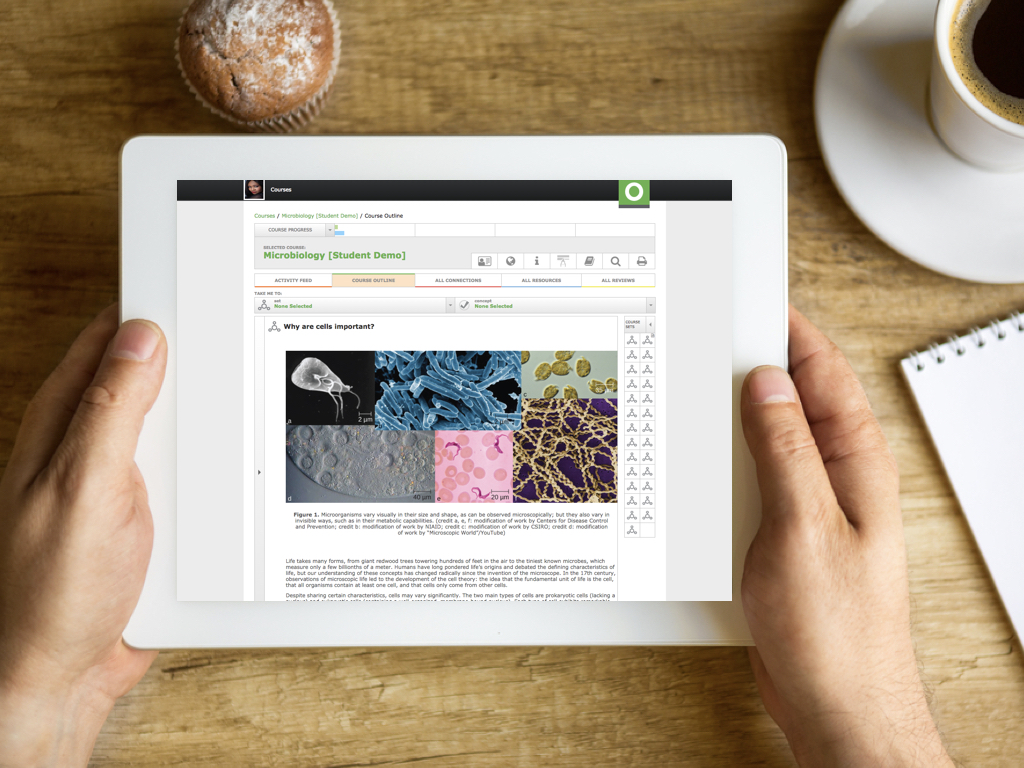
Microbiology
The comprehensive contents from this book, combined with Odigia’s Teaching and Learning Tools have everything you need to engage, collaborate, track and assess your students.
This course includes:
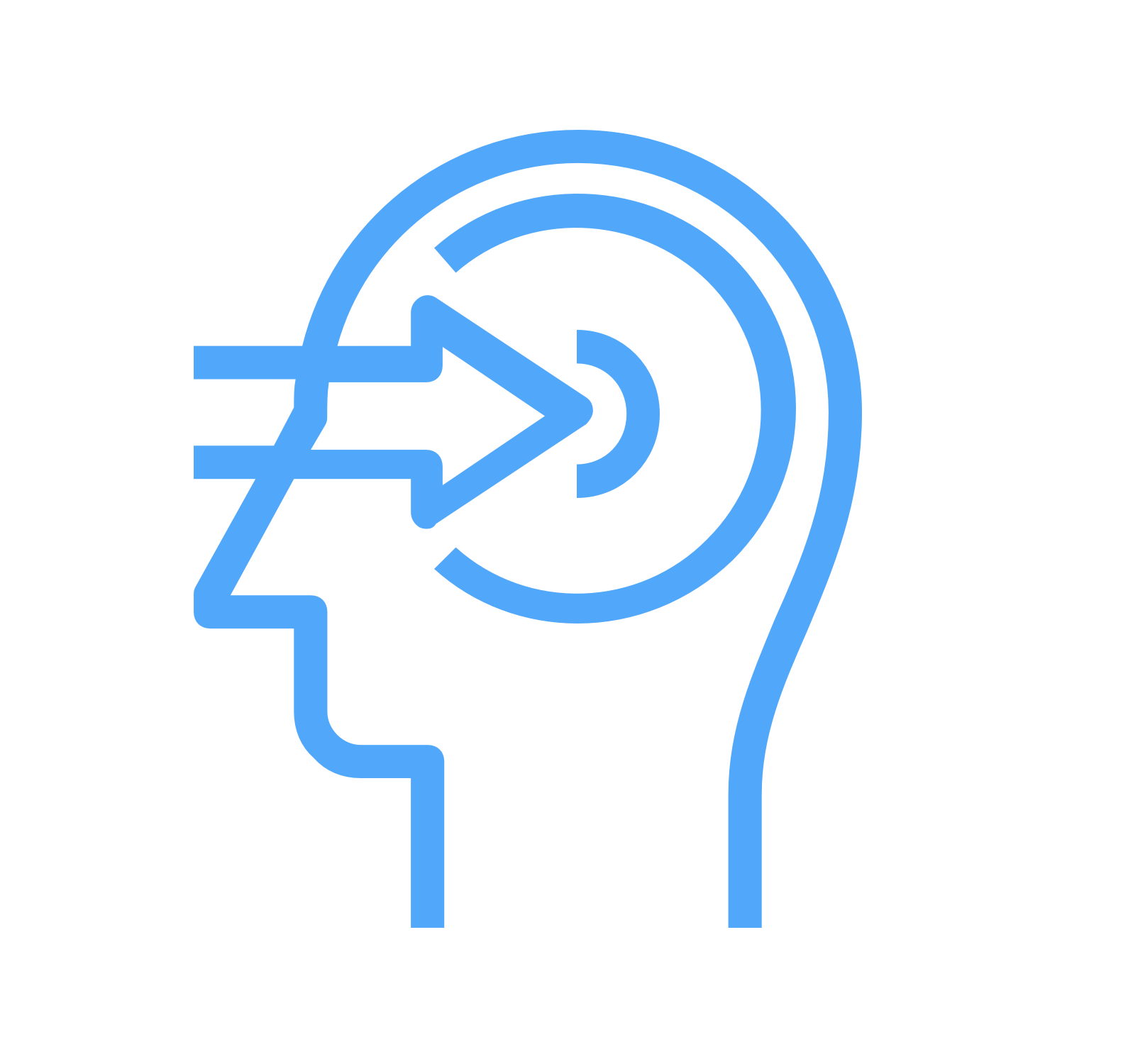
766
practice questions
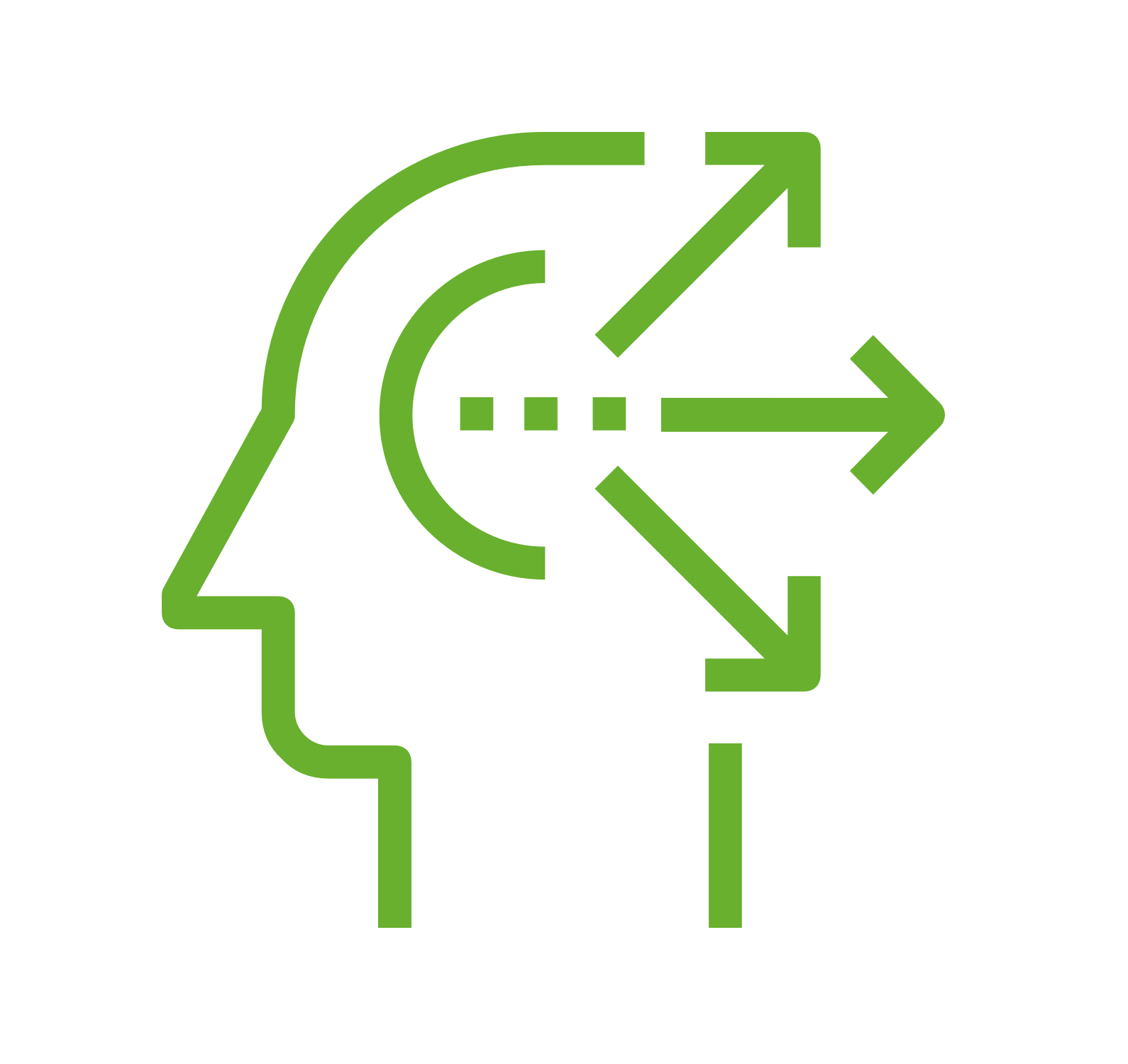
85
engagement activities
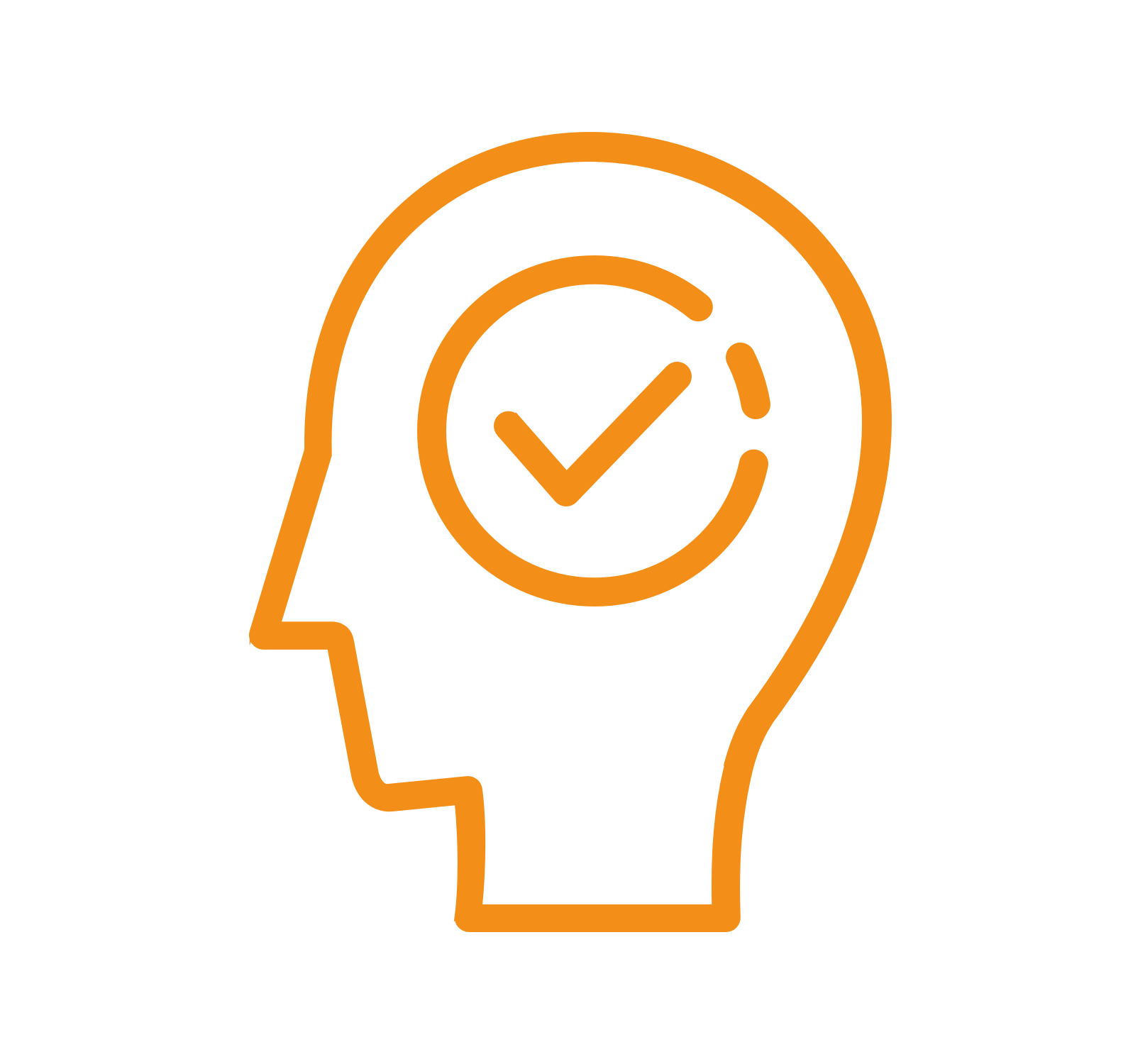
1165
assessment questions
Helping Teachers Do What They Do Best: Teach

Customize
Use our courses as is or easily customize them to fit your teaching style and the needs of your students. You can add your favorite resources, hide and show our existing content and pre-built assessments, or make them your own. Everything your students need, in one place!
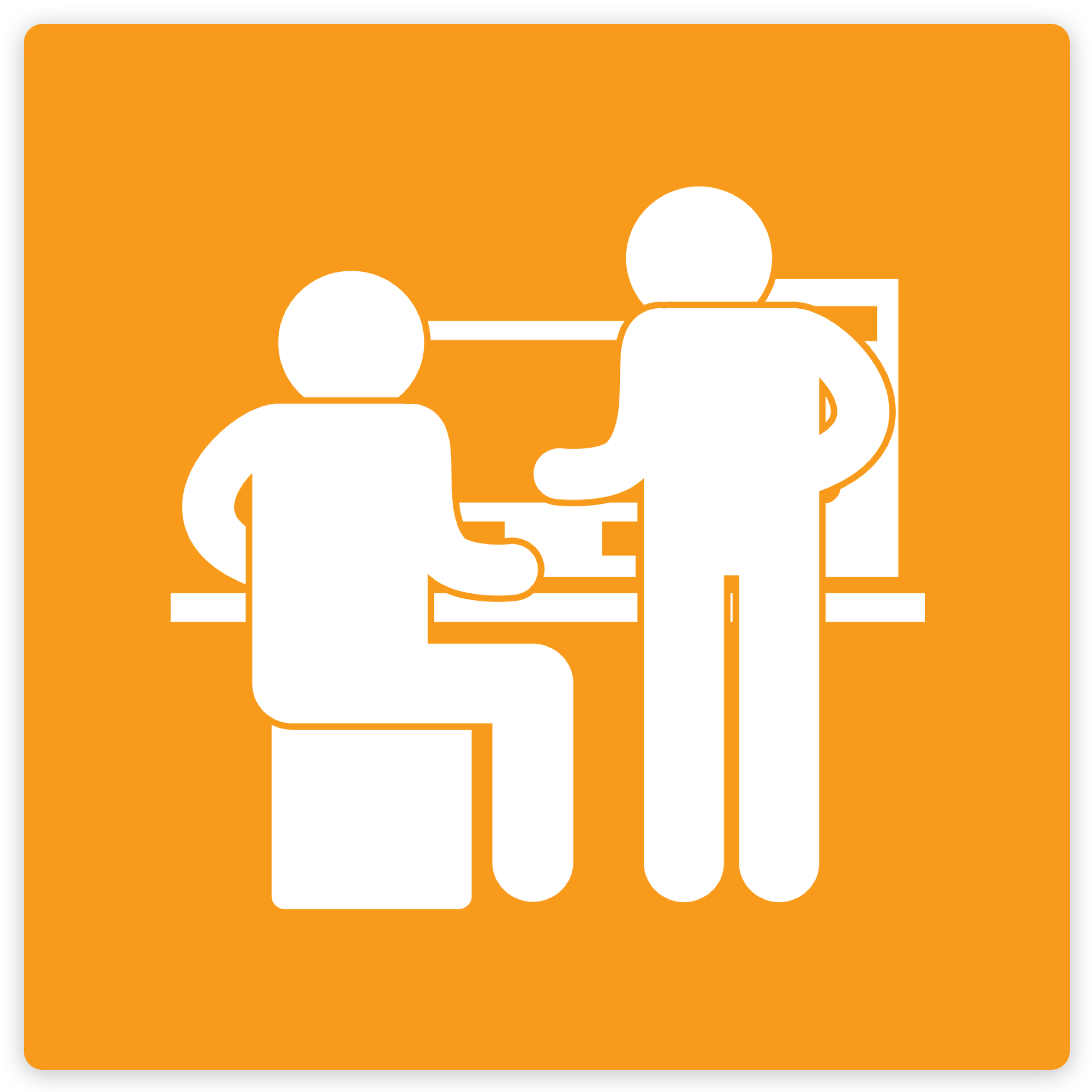
Engage and Collaborate
Odigia combines learning materials, discussions, and tools to create a familiar social experience for students allowing you to easily connect and redirect students attention.
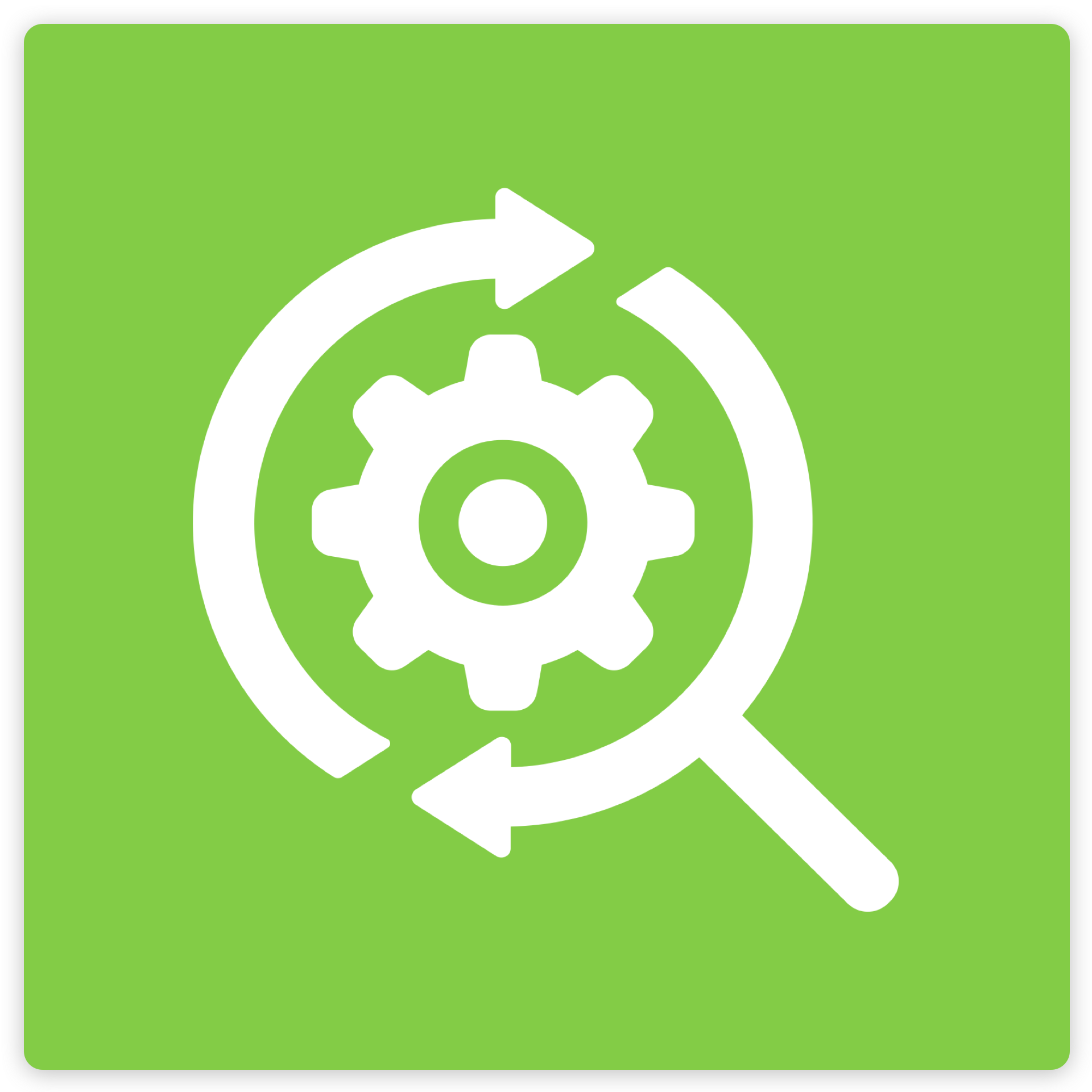
Track
See how much time students are spending on different areas of the course, which areas are creating the most amount of engagement and identify topics the students are struggling with. Flag and provide feedback on assignments to proactively meet individual students' needs.
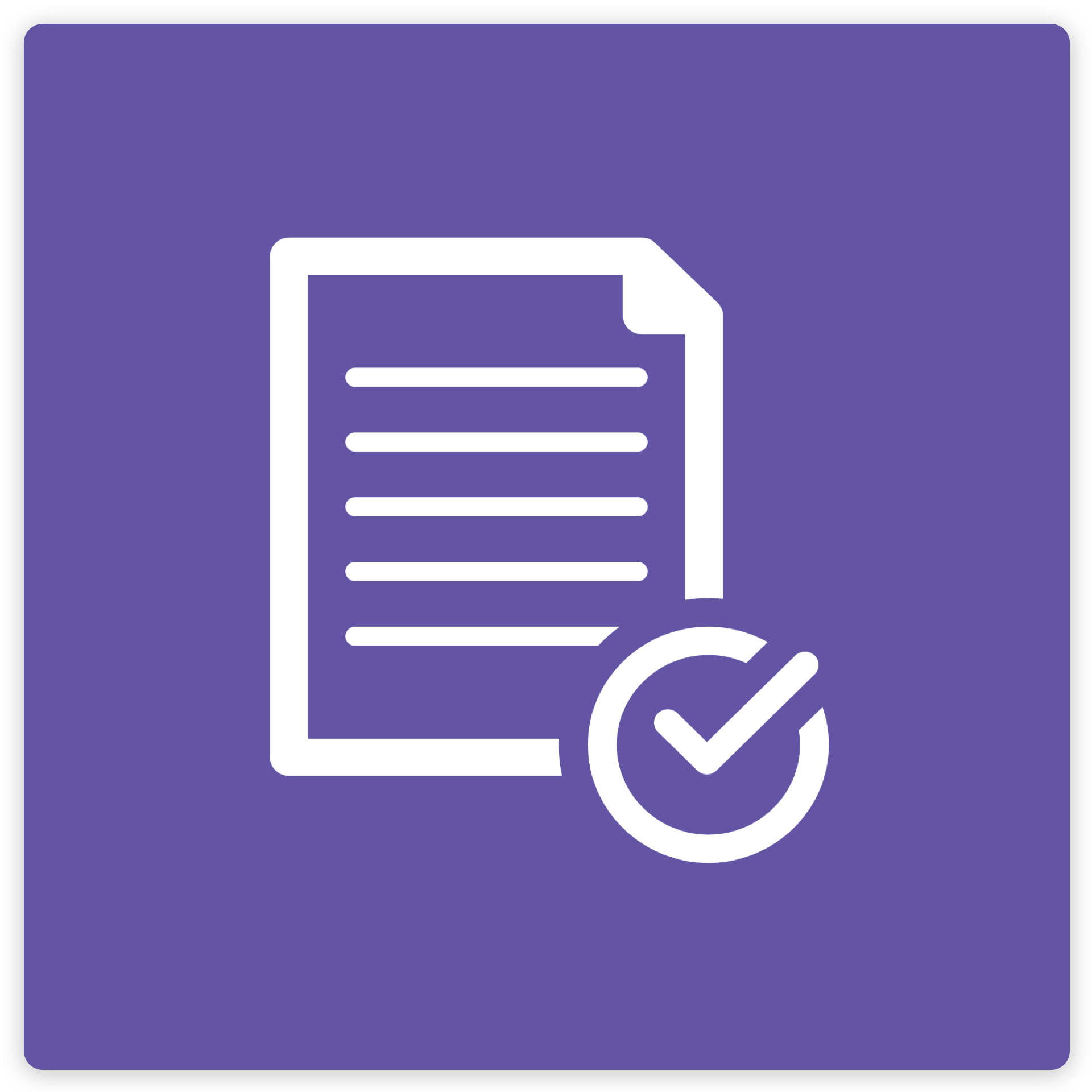
Assess
Game theory allows students to monitor their progress visually and motivates them to stay on track. Students can see exactly what activities they need to complete, which ones have been flagged and compare their progress against the overall class.
Microbiology Course Outline
Do we have an invisible world?
- What did our ancestors know?
- What is a systematic approach?
- What are different types of microorganisms?
How do we see the invisible world?
- What are the properties of light?
- What do we see peering into the invisible world?
- What types of instruments are used in microscopy?
- Why do we stain microscopic specimens?
Why are cells important?
- What is the theory of spontaneous generation?
- What are the foundations of modern cell theory?
- What are unique characteristics of prokaryotic cells?
- What are unique characteristics of eukaryotic cells?
How diverse are prokaryotes?
- What are the habitats, relationships, and microbiomes of prokaryotes?
- What is proteobacteria?
- What is the relationship between nonproteobacteria gram-negative bacteria and phototrophic bacteria?
- What is gram-positive bacteria?
- What is deeply branching bacteria?
- What is archaea?
What are types of eukaryotes in microbiology?
- What happens with unicellular eukaryotic parasites?
- What are parasitic helminths?
- What are characteristics of fungi?
- What is algae?
- What are lichens?
What are acellular pathogens?
- How are viruses spread?
- What happens in the viral life cycle?
- What makes up the isolation, culture, and identification of viruses?
- How are viroids and virusoids related to prions?
What is microbial biochemistry?
- What are organic molecules made of?
- What are carbohydrates?
- What are lipids?
- What are proteins made of?
- How is biochemistry used to identify microorganisms?
What all relates to microbial metabolism?
- How does energy, matter, and enzymes relate to metabolism?
- What does catabolism do with carbohydrates?
- What is cellular respiration?
- What happens in the process of fermentation?
- What is the difference in catabolism between lipids and proteins?
- What is photosynthesis?
- What is affected by biogeochemical cycles?
What is microbial growth?
- How do microbes grow?
- What are the oxygen requirements for microbial growth?
- What are the effects of pH in microbial growth?
- How does temperature relate to microbial growth?
- What other environmental conditions affect growth?
- What types of media is used for bacterial growth?
How is biochemistry involved in genome?
- How can we use microbiology to discover life’s secrets?
- What are the structures and functions of DNA?
- What are the structures and functions of RNA?
- What are the structures and functions of cellular genomes?
What are the mechanisms of microbial genetics?
- What are the functions of genetic material?
- How does DNA replication work?
- What is RNA transcription?
- What happens with translation in protein synthesis?
- What are mutations?
- How does asexual prokaryotes achieve genetic diversity?
- What is said about gene regulation in the Operon theory?
What modern applications are used in microbial genetics?
- How are the tools of genetic engineering used microbes?
- How are DNA, RNA, and protein visualized and characterized?
- How is whole genome methods related to pharmaceutical applications of genetic engineering?
- What happens in gene therapy?
Can microbial growth be controlled?
- How is microbial growth controlled?
- What kinds of physical methods are used to control microorganisms?
- What kinds of chemicals are used to control microorganisms?
- Why is it important to test the effectiveness of antiseptics and disinfectants?
How do antimicrobial drugs work?
- What is the history of chemotherapy and antimicrobial discovery?
- What are the fundamentals of antimicrobial chemotherapy?
- What are the mechanisms of antibacterial drugs?
- What are the mechanisms of other antimicrobial drugs?
- How does drug resistance develop?
- How is the effectiveness of antimicrobials tested?
- What are the current strategies for antimicrobial discovery?
What are the microbial mechanisms of pathogenicity?
- What are the major characteristics of different infectious diseases?
- How do pathogens cause disease?
- What are the virulence factors of bacterial and viral pathogens?
- What are the virulence factors of eukaryotic pathogens?
How does epidemiology explain different diseases?
- What is the language of epidemiologists?
- How are infectious diseases tracked?
- What are the different modes of disease transmission?
- Who oversees global public health initiatives?
What are innate nonspecific host defenses?
- What physical defenses do bodies have against infection and disease?
- How do chemicals in the body defend against infections and diseases?
- What cellular defenses exist in the body?
- What is the relationship between pathogen recognition and phagocytosis?
- Why do inflammation and fevers occur?
How do adaptive specific host defenses function?
- What is specific adaptive immunity?
- How are major histocompatibility complexes and antigen presenting cells identified?
- What is the relationship between T lymphocytes and cellular immunity?
- What is the relationship between B lymphocytes and humoral immunity?
- Why are vaccines important?
What major diseases affect the immune system?
- What are the characteristics, mechanisms, and major examples of hypersensitivities?
- Why do autoimmune disorders develop?
- How is organ transplantation conducted?
- What are the causes of and treatments for immunodeficiencies?
- What is cancer immunobiology and immunotherapy?
How is the laboratory analysis of the immune response conducted?
- How are polyclonal and monoclonal antibodies produced?
- How are antigen-antibody complexes detected?
- What are agglutination assays?
- What are the similarities and differences between EIAs and ELISAs?
- What are fluorescent antibody techniques?
What are the effects of skin and eye infections?
- What is the anatomy and normal microbiota of the skin and eyes?
- What are the most common bacterial infections of the skin and eyes?
- How do viral infections affect skin and eyes?
- What are some common mycoses of the skin?
- How do protozoan and helminthic infections affect the skin and eyes?
How do respiratory system infections develop?
- What is the anatomy and normal microbiota of the respiratory tract?
- How do bacterial infections affect the respiratory tract?
- How do viral infections affect the respiratory tract?
- What are respiratory mycoses?
In whats ways do infections affect the urogenital system?
- What is the anatomy and normal microbiota of the urogenital tract?
- What are the common types of bacterial infection that affect the urinary system?
- How do bacterial infections affect the reproductive system?
- How do viral infections affect the reproductive system?
- How do fungal infections affect the reproductive system?
What are the protozoan infections of the urogenital system?
- What is the anatomy and normal microbiota of the digestive system?
- What are the major characteristics of microbial diseases of the mouth and oral cavity?
- How do bacterial infections affect the gastrointestinal tract?
- How do viral infections affect the gastrointestinal tract?
- What are the major protozoan infections of the gastrointestinal tract?
- How do helminthic infections affect the gastrointestinal tract?
What infections affect the circulatory and lymphatic systems?
- What is the anatomy of the circulatory and lymphatic systems?
- How do bacterial infections affect the circulatory and lymphatic systems?
- How do viral infections affect the circulatory and lymphatic systems?
- What are the effects of parasitic infections on the circulatory and lymphatic systems?
How do nervous system infections develop and evolve?
- What is the anatomy of the nervous system?
- How do bacterial diseases affect the nervous system?
- What are the different acellular diseases of the nervous system?
- How do fungal and parasitic diseases affect the nervous system?
Combine this content with our customizable, at-home Microbiology Lab kits from eScience Labs, to create a complete digital learning experience for your students.
About the book
Microbiology

Microbiology covers the scope and sequence requirements for a single-semester microbiology course for non-majors. The book presents the core concepts of microbiology with a focus on applications for careers in allied health. The pedagogical features of the text make the material interesting and accessible while maintaining the career-application focus and scientific rigor inherent in the subject matter. Microbiology’s art program enhances students’ understanding of concepts through clear and effective illustrations, diagrams, and photographs. Microbiology is produced through a collaborative publishing agreement between OpenStax and the American Society for Microbiology Press. The book aligns with the curriculum guidelines of the American Society for Microbiology.
